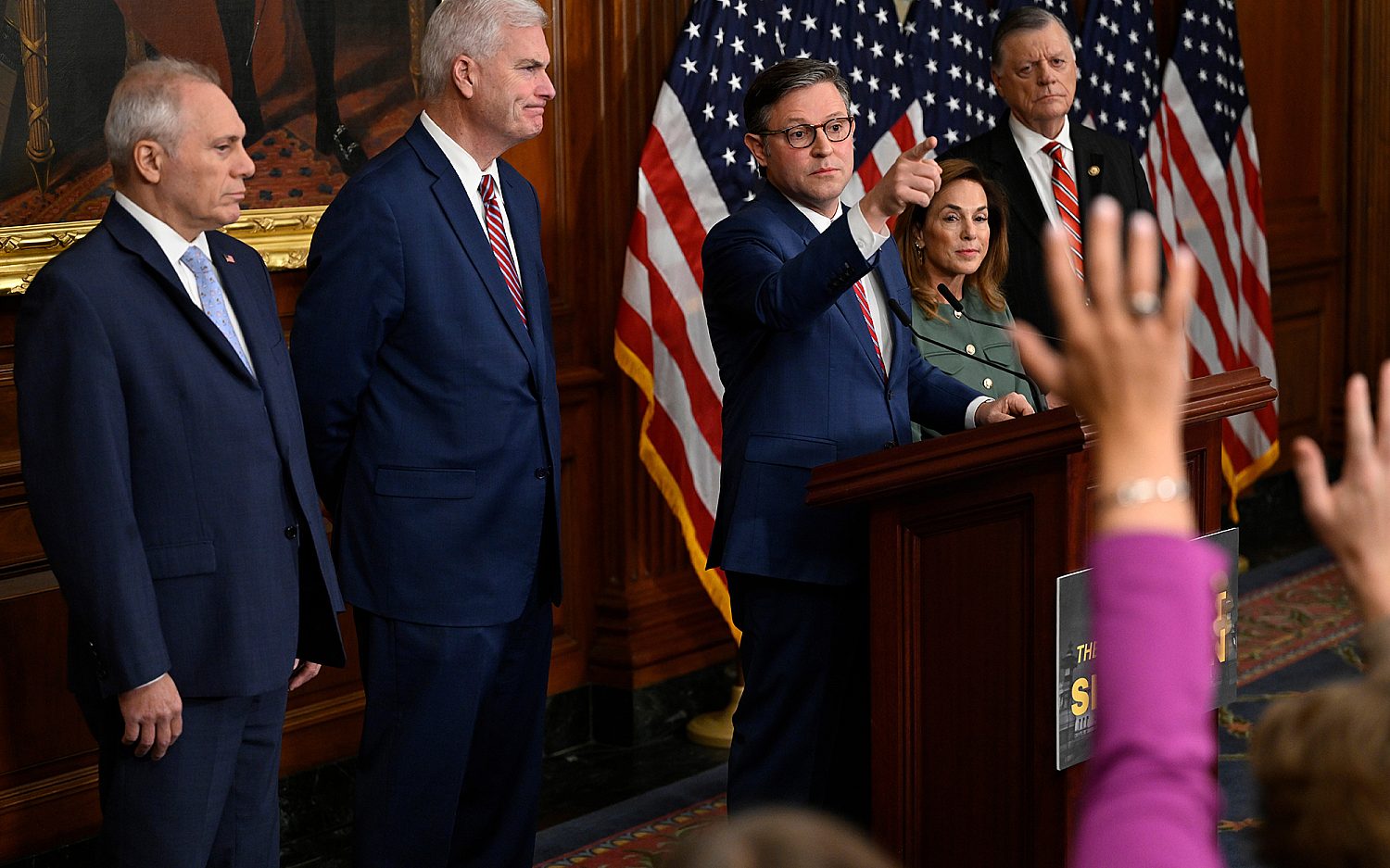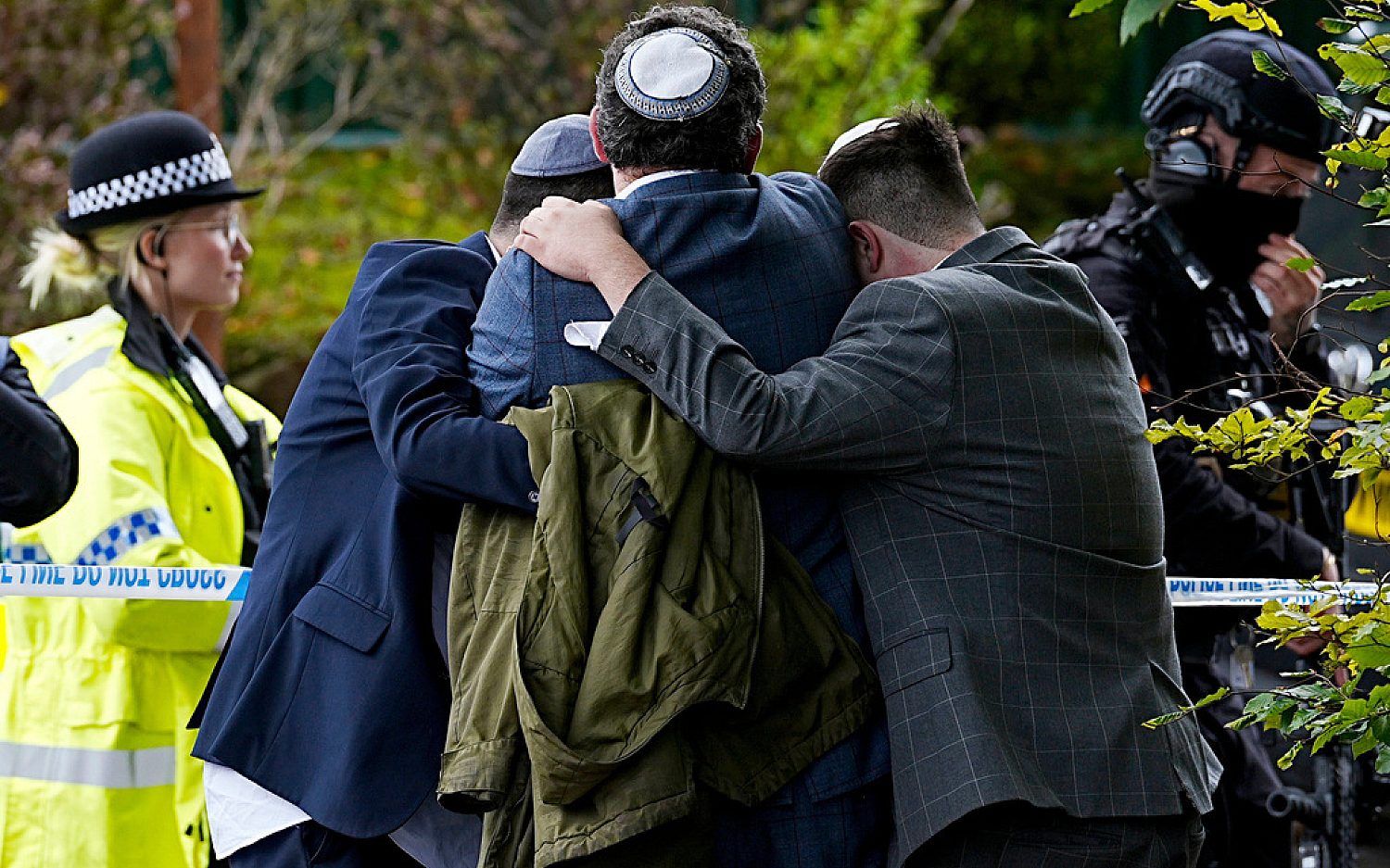Majority of teens who date experience abuse
Teen dating violence is on the rise, according to a nationwide study published last week. Experts say the latest numbers reveal a startling culture of relational abuse, especially emotional abuse, with much of it happening online.
The National Survey on Teen Relationships and Intimate Violence found nearly 20 percent of dating teens, both boys and girls, reported they had been victims of physical or sexual abuse, and more than 60 percent reported being both victims and perpetrators of psychological abuse, meaning that dating abuse if often mutual and cyclical.
The study, conducted by the University of Chicago and sponsored by the National Institute of Justice, surveyed more than 650 teenagers who had dated in the past year. The study considered everything from threats and humiliation to shoving and sexual pressure as abuse. It also included online abuse—cyber stalking, incessant texting, or shaming social media posts. The results revealed “the startlingly widespread nature of this problem,” said Bruce Taylor, one of the study’s two lead researchers.
“Abuse isn’t a new thing. But the way it is so viral and cancerous because of social media is a new thing,” says Adam Donyes, a certified biblical counselor and the founder and president of Link Year, a one-year Christian program for post-high school teens. Donyes said he grew up around relational abuse as a teen, but as he interacts with today’s teens, he sees the “phenomenon is now completely and radically different. … Social media has changed the game.”
Using the survey’s definition of abuse, an estimated 25 million U.S. adolescents are victims and nearly 23 million are offenders. Because of the commonplace nature of social media, no one is escaping the pattern. The study found no substantive difference in rates of abuse between teens of different ethnicity, household income, or geographic location.
The study did find some distinctions among genders. Girls are more likely to be victims of sexual violence and coercion than boys. Girls also are more likely to be perpetrators earlier in their teen years, from 12 to 14 years old, and more likely to be victims later, from 15 to 18 years old.
“It seems like when we decide to turn a blind eye to helping students understand how to treat each other properly, we invite a Lord of the Flies type of behavior,” said Andy Braner, an author and speaker on teen issues and president of Camp Kivu in Colorado. “They will do what comes natural, what they see around them, and what their environment has told them to be true. So if there is violence at home, they’ll use violence in their own life.”
Both Braner and Donyes point to parent and mentor engagement as the best preventative measure against teen dating abuse. In a world of helicopter parents, Donyes said today’s parents love to hover, but not engage: “It takes emotional effort and work.”
An actual newsletter worth subscribing to instead of just a collection of links. —Adam
Sign up to receive The Sift email newsletter each weekday morning for the latest headlines from WORLD’s breaking news team.




Please wait while we load the latest comments...
Comments
Please register, subscribe, or log in to comment on this article.